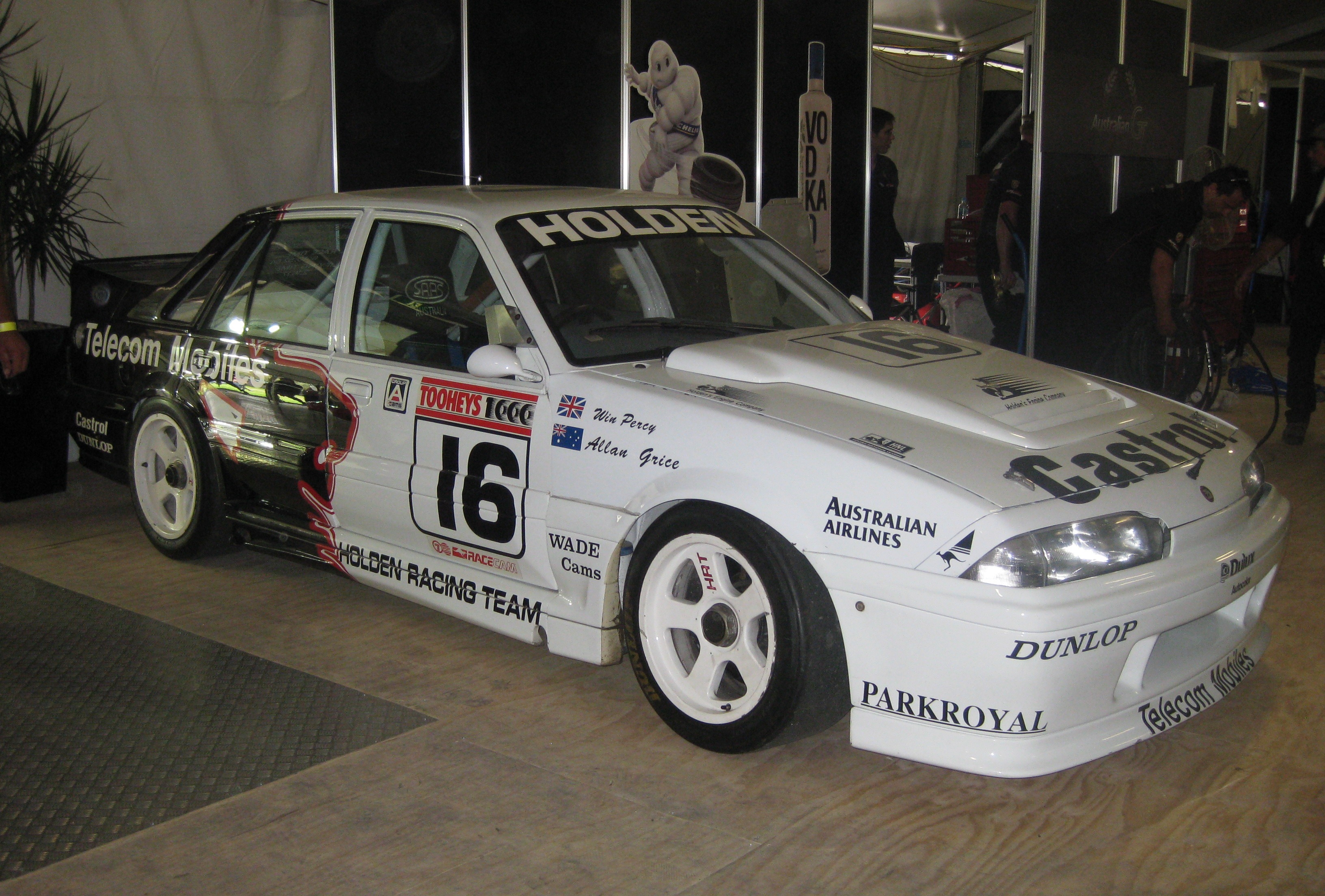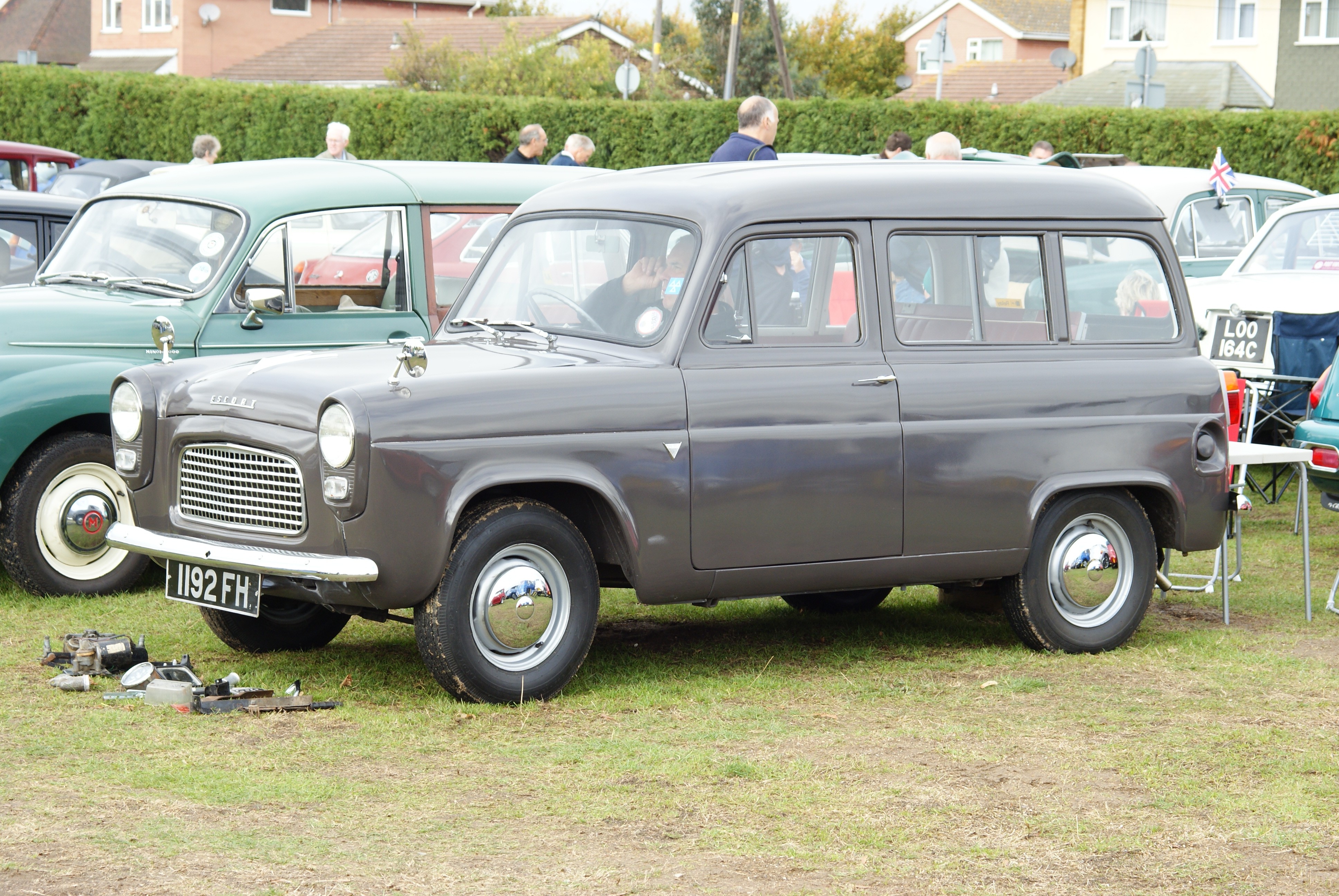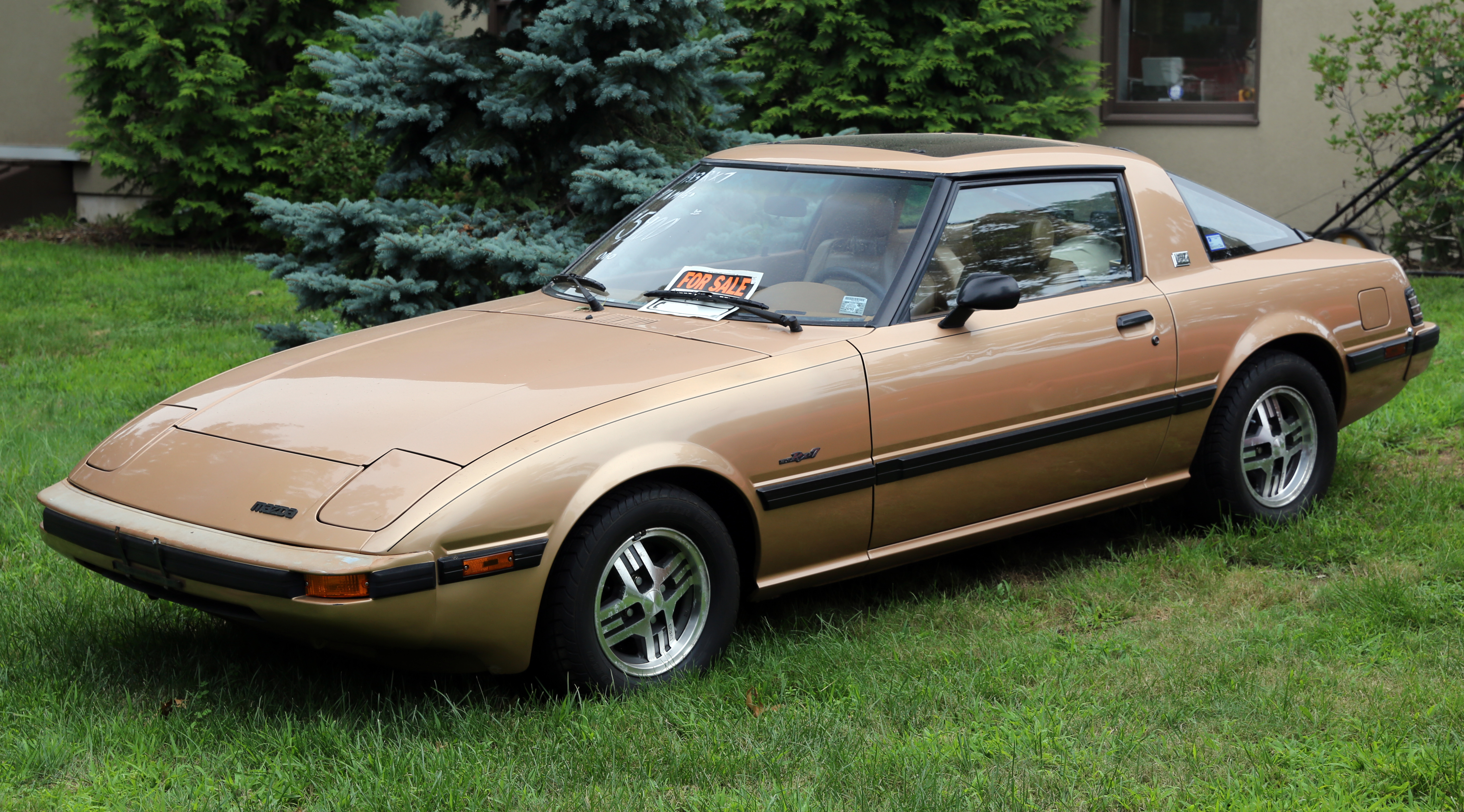|
1979 Hang Ten 400
The 1979 Hang Ten 400 was an endurance motor race held at the Sandown Park circuit in Victoria, Australia on 9 September 1979.Australian Championship of Makes, Round One, Australian Motor Racing Yearbook 1979/80, pages 170 & 171 (Results table lists details for the 22 classified finishers only) It was staged over 129 laps of the 3.11 km circuit, a total of 401 km. The race was Round 1 of the 1979 Australian Championship of Makes and as such it was open to Group C Touring Cars. It was the fourteenth in a sequence of annual Sandown long distance races.Sandown long distance races, 2006 CAMS Manual of Motor Sport, page 14-9 The race was won by Peter Brock. Classes Cars competed in three classes according to engine capacity:''Hang Ten 400'', Official Program, Sandown, 9 September 1979, pages 43 to 45 * Class A: 3001 to 6000cc * Class B: 2001 to 3000cc * Class C: Up to 2000cc Results There were 48 starters and 22 finishers in the race. The known non-finishers are list ... [...More Info...] [...Related Items...] OR: [Wikipedia] [Google] [Baidu] |
Sandown Raceway
Sandown International Raceway is a motor racing circuit in the suburb of Springvale in Melbourne, Victoria, approximately south east of the city centre. Sandown is considered a power circuit with its " drag strip" front and back straights being and long respectively. History Sandown Racecourse was first built as a horse racing facility, dating back into the 19th century, but closed in the 1930s in a government run rationalisation program. Redevelopment began not long after World War II. A bitumen motor racing circuit was built around the outside of the proposed horse track (which was not completed until 1965) and was first opened in 1962 and held the race which became the Sandown 500 for the first time in 1964. The circuit hosted its first Australian Touring Car Championship race in 1965. Motor racing The opening meeting, held on 11 and 12 March 1962, featured the 1962 Sandown International Cup, which was contested by world-famous international drivers including Jack Brab ... [...More Info...] [...Related Items...] OR: [Wikipedia] [Google] [Baidu] |
Graeme Bailey
Graeme Alfred Bailey (born 11 July 1943 in Ourimbah, New South Wales), is an Australian retired racing driver, best known as co-winner of the 1986 Bathurst 1000. Career Group C Bailey's career emerged in the late 1970s, becoming a front runner in two-litre touring car racing in Toyota Celicas, usually driving the car raced the year prior by factory supported Sydney based Toyota racer, Peter Williamson. In 1980 Bailey won the two litre class at the Bathurst 1000 and finished 12th outright. By 1983 small capacity class touring cars were falling out of favour, and at Bathurst the two litre class was merged into the three litre class. Bailey spent the next few years out of racing himself, although he did co-drive with Peter McLeod at the 1983 James Hardie 1000 at Bathurst in McLeod's Mazda RX-7 where they finished 5th outright. The race was run as part of the 1983 Australian Endurance Championship, which McLeod would go on to win. Bailey again teamed with McLeod at the 1984 Ca ... [...More Info...] [...Related Items...] OR: [Wikipedia] [Google] [Baidu] |
Allan Moffat
Allan George Moffat OBE (born 10 November 1939 in Saskatoon, Saskatchewan, Canada) is a Canadian-Australian racing driver known for his four championships in the Australian Touring Car Championship, six wins in the Sandown 500 and his four wins in the Bathurst 500/1000. Moffat was inducted into the V8 Supercars Hall of Fame in 1999. Moffat and his long-time friend and rival (and later co-driver) Peter Brock are the only drivers to have won The Great Race at Bathurst in both its 500-mile and 1000-kilometre formats. In October 2018, he was inducted into the Sport Australia Hall of Fame. Racing career Born in Saskatoon, Saskatchewan, Moffat moved to Australia as a 17-year-old college student with his parents when his father, who worked for Massey Ferguson, was transferred to Melbourne for work and in the early 1960s embarked on his record-setting motor racing career. He started his racing career at the wheel of a Triumph TR3. 1964 to 1971 Allan Moffat and Jon Leighton drove ... [...More Info...] [...Related Items...] OR: [Wikipedia] [Google] [Baidu] |
Allan Grice
Allan Maxwell Grice (born 21 October 1942), known to motor-racing fans as "Gricey", is an Australian former racing driver and politician, most famous for twice winning the prestigious Bathurst 1000 (1986 and 1990), and as a privateer driver of a Holden in the Australian Touring Car Championship. Grice was educated at The Armidale School in northern NSW. Grice also had a successful second career as a politician and Member for Broadwater in the Queensland Parliament from 1992 to 2001. He currently operates an LPG conversion and importing business – LPGricey Tanks. Bathurst 1000 record Grice made 26 starts between 1968 and 2002 ( sixth on the 'most starts' list). Grice had seven podium finishes at Bathurst: two wins (1986 and 1990), four seconds ( 1978, 1982, 1991, 1995), and a third (1983). These results put him fifth on the 'most podiums' list for drivers at Bathurst. Thirteen top 10 finishes (50% of all his starts) (in addition to above, fourth in 1979, seventh in 198 ... [...More Info...] [...Related Items...] OR: [Wikipedia] [Google] [Baidu] |
BMW New Six
The BMW New Six (also known as the BMW E3) is a line of mid-size luxury sedans and grand tourer coupés produced by the German automaker BMW from 1968 to 1977. All models used the then-new M30 straight-6 engine. It marked BMW's return to the full-size luxury sedan market after a hiatus of 5 years and was introduced as a response to growing market segment dominated by Mercedes-Benz. It was important in establishing BMW's reputation as a maker of sporting, luxury sedans. The BMW New Six coupés (better known as the BMW E9) are built on a shortened version of the E3 platform. The E9 coupés share engines, transmissions, suspension and many other features with the E3 sedans. A total of 221,991 sedans and coupés were built. Development After a long hiatus, BMW decided to develop a six-cylinder car in the early 1960s. Work on what was to become the E3 commenced in 1965. The engine was based on the existing fours, sharing their overall layout while not merely an addition of two cy ... [...More Info...] [...Related Items...] OR: [Wikipedia] [Google] [Baidu] |
Ford Escort RS2000
The Ford Escort is a small family car that was manufactured by Ford of Europe from 1968 until 2000. In total there were six generations, spread across three basic platforms beginning with the original rear-wheel drive Mk.1/Mk.2 (1968–1980), the "Erika" front wheel drive Mk.3/Mk.4 (1980–1990), and the final CE-14 Mk.5/Mk.6 (1990–2002) version. Its successor - the Ford Focus - was released in 1998, but the final generation of Escort was gradually phased out, with the panel van version ending production in 2002 in favour of the Ford Transit Connect. The Escort was frequently the best selling car in Britain during the 1980s and 1990s. A total of more than 4.1 million Escorts of all generations were sold there over a period of 33 years. In 2014, Ford revived the Escort name for a car based on the second-generation Ford Focus sold on the Chinese market. Naming Convention Whilst the Escort designation existed three basic platforms (and officially, the canon does not includ ... [...More Info...] [...Related Items...] OR: [Wikipedia] [Google] [Baidu] |
John Faulkner (racing Driver)
John Murray Faulkner (born 24 August 1952 in Palmerston North, New Zealand) is a retired racing driver. Faulkner spent the majority of his career in sedan based classes. Initially he competing in small touring cars including Ford Escorts and Capris before joining Toyota Team Australia and driving their factory supported Toyota Corolla touring cars. After engine capacity classes were discontinued in the Australian Touring Car Championship, Faulkner moved into Superspeedway racing, establishing John Faulkner Racing to compete in the AUSCAR and Australian NASCAR series, contested mainly at the Calder Park Thunderdome. As NASCAR declined in Australia, Faulkner returned to the Australian Touring Car Championship partway through 1996, and was a surprise starter in the 1996 Bathurst 1000, competing with an ex-Holden Racing Team Holden Commodore, before later constructing his own Holdens. Faulkner's team gradually wound down and left the main series after the 2002 V8 Supercar seaso ... [...More Info...] [...Related Items...] OR: [Wikipedia] [Google] [Baidu] |
Alfa Romeo Alfetta GTV
The Alfa Romeo Alfetta (Type 116) is a front-engine, five-passenger sedan and fastback coupé manufactured and marketed by Alfa Romeo from 1972 to 1987 with a production total over 400,000. The Alfetta was noted for the rear position of its transaxle (clutch and transmission) and its De Dion tube rear suspension — an arrangement designed to optimize handling by balancing front/rear weight distribution, as well as maintaining a low polar moment of inertia and low center of gravity. The interior of Coupé models featured a then unusual central tachometer placement — by itself, directly in front of the driver. The ''Alfetta'' name, which means "little Alfa" in Italian, derived from the nickname of the Alfa Romeo Tipo 159 Alfetta, a successful Formula One car which in its last (1951) iteration paired a transaxle layout to De Dion tube rear suspension — like its modern namesake. Design and dynamics The Alfetta introduced a new drivetrain layout to the marque. ... [...More Info...] [...Related Items...] OR: [Wikipedia] [Google] [Baidu] |
Triumph Dolomite
The Triumph Dolomite small saloon car was produced by the Triumph Motor Company division of the British Leyland Corporation in Canley, Coventry between October 1972 and August 1980. Background The Dolomite was the final addition to Triumph's small-car range (codenamed "Project Ajax"), which had started in 1965 with the Triumph 1300. Designed to be a replacement for the rear-wheel drive Triumph Herald, the 1300 was originally fitted with a engine and front-wheel drive. The later model, introduced in September 1970 as the Triumph 1500, featured a remodelled front and rear, styled by Michelotti, and a larger engine. Triumph were however dissatisfied with the market performance of the 1300; although it had been moderately successful, the higher price and greater complexity meant sales never reached the levels of the simpler and cheaper Herald which preceded it. In an attempt to improve matters, the car was comprehensively re-engineered. Launched in September 1970, the Triumph ... [...More Info...] [...Related Items...] OR: [Wikipedia] [Google] [Baidu] |
Mazda RX-7
The Mazda RX-7 is a front-engine, rear-wheel-drive, rotary engine-powered sports car that was manufactured and marketed by Mazda from 1978 until 2002 across three generations, all of which made use of a compact, lightweight Wankel rotary engine. The first generation of the RX-7, SA (early) and FB (late), was a two-seater 2 door hatchback coupé. It featured a 12A carbureted rotary engine as well as the option for a 13B with electronic fuel injection in later years. The second generation of RX-7, known as the FC, was offered as a 2-seater coupé with a 2+2 option available in some markets, as well as in a convertible bodystyle. This was powered by the 13B rotary engine, offered in naturally aspirated or turbocharged forms. The third generation of the RX-7, known as the FD, was offered a 2+2-seater coupé with a limited run of a 2-seater option. This featured a sequentially turbocharged 13B REW engine. More than 800,000 were manufactured over its lifetime. __TOC__ First gener ... [...More Info...] [...Related Items...] OR: [Wikipedia] [Google] [Baidu] |
Volkswagen Golf Mk1
The Volkswagen Golf Mk1 is the first generation of a small family car manufactured and marketed by Volkswagen. It was noteworthy for signalling Volkswagen's shift of its major car lines from rear-wheel drive and rear-mounted air-cooled engines to front-wheel drive with front-mounted, water-cooled engines that were often transversely-mounted. Successor to Volkswagen's Beetle, the first generation Golf debuted in Europe in May 1974 with styling by Giorgetto Giugiaro's Italdesign. History Replacing the Beetle; early efforts Volkswagen began producing prototypes of possible Beetle replacements as far back as the early 1950s, and may have received design proposals from Porsche earlier than that. All of the internal projects' names started with "EA", standing for "Entwicklungsauftrag" and meaning "Development assignment". This work began during the tenure of Heinz Nordhoff, who was Director General of Volkswagen from 1948 to 1968. In 1952 the company built the EA41 in collaborati ... [...More Info...] [...Related Items...] OR: [Wikipedia] [Google] [Baidu] |
Holden Gemini
The Holden Gemini is a compact car that was produced by Holden and sold in Australasia from 1975 to 1986. It was based on the Japanese Isuzu Gemini, one of the many models based on the GM T-car platform. First generation TX (1975–1977) File:1977 Holden Gemini (TX) SL sedan (20774019312).jpg, Holden Gemini SL sedan (TX) File:Holden TX Gemini SL Coupe.JPG, Holden Gemini SL coupe (TX) The original Holden Gemini model, the TX series, was introduced in February 1975. It was available as a four-door sedan in S and SL specification levels, and as a two-door SL coupe. The TX Gemini was built at Holden's factory at Acacia Ridge, Queensland, and contained a high percentage of Australian content. Darwin, p. 344 All TX models share the same 1.6-litre SOHC Isuzu engine (coded the G161Z). The engine is chain-driven and incorporates a cross-flow design, alloy head. A two-barrel "Nikki" Stromberg carburettor was used on Australian models. Early TX models use a cast-iron, free-flow ... [...More Info...] [...Related Items...] OR: [Wikipedia] [Google] [Baidu] |








